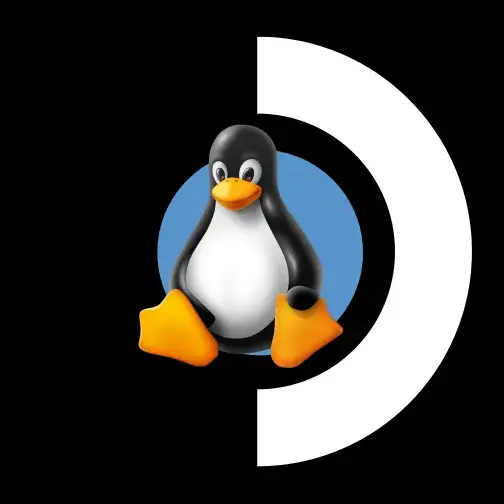

IMO, yes. I think it would make people more, rather than less, inclined to comment on a cross-post made in a smaller communities, since then their comment would be more visible.
The main concern I can see being raised is potentially leading to brigading? I’m not sure if that’s much of an issue on Lemmy and I would assume being able to de-federate would mitigate that substantially.









The system is still “PC” in this case, even if technically the platform is different. And since you have to log into your account with their service, they can easily confirm that you own the game.
I don’t have to create an account to play Slay the Spire on Android.